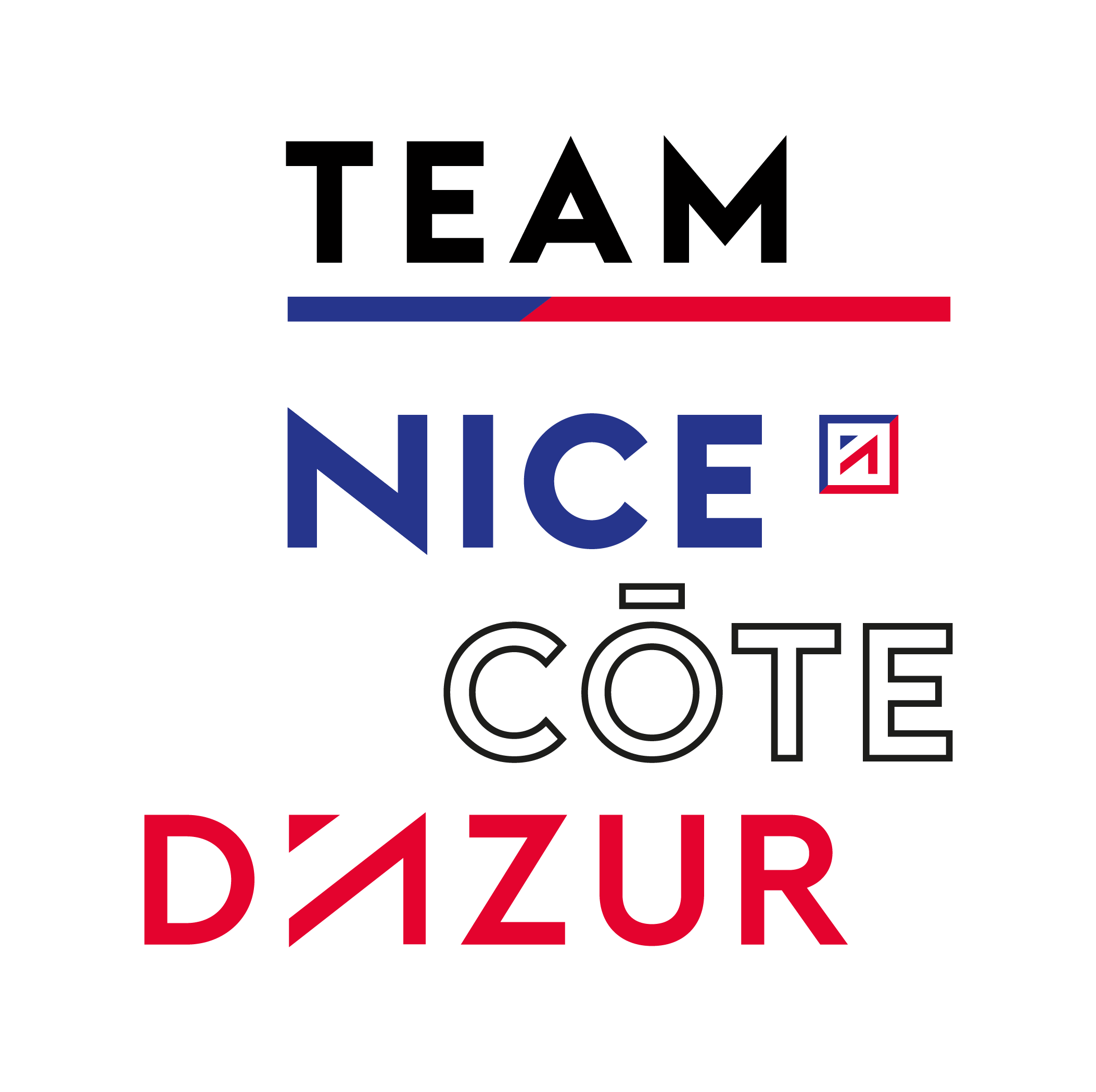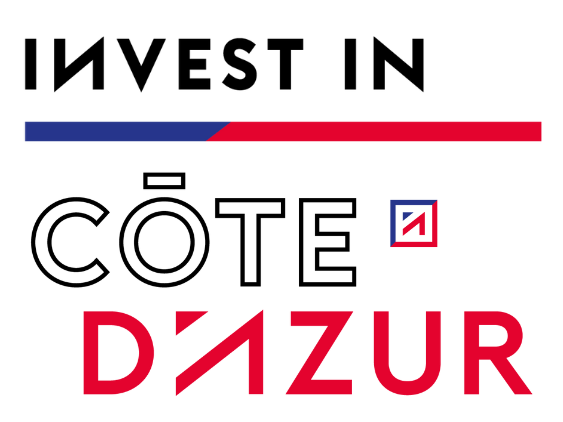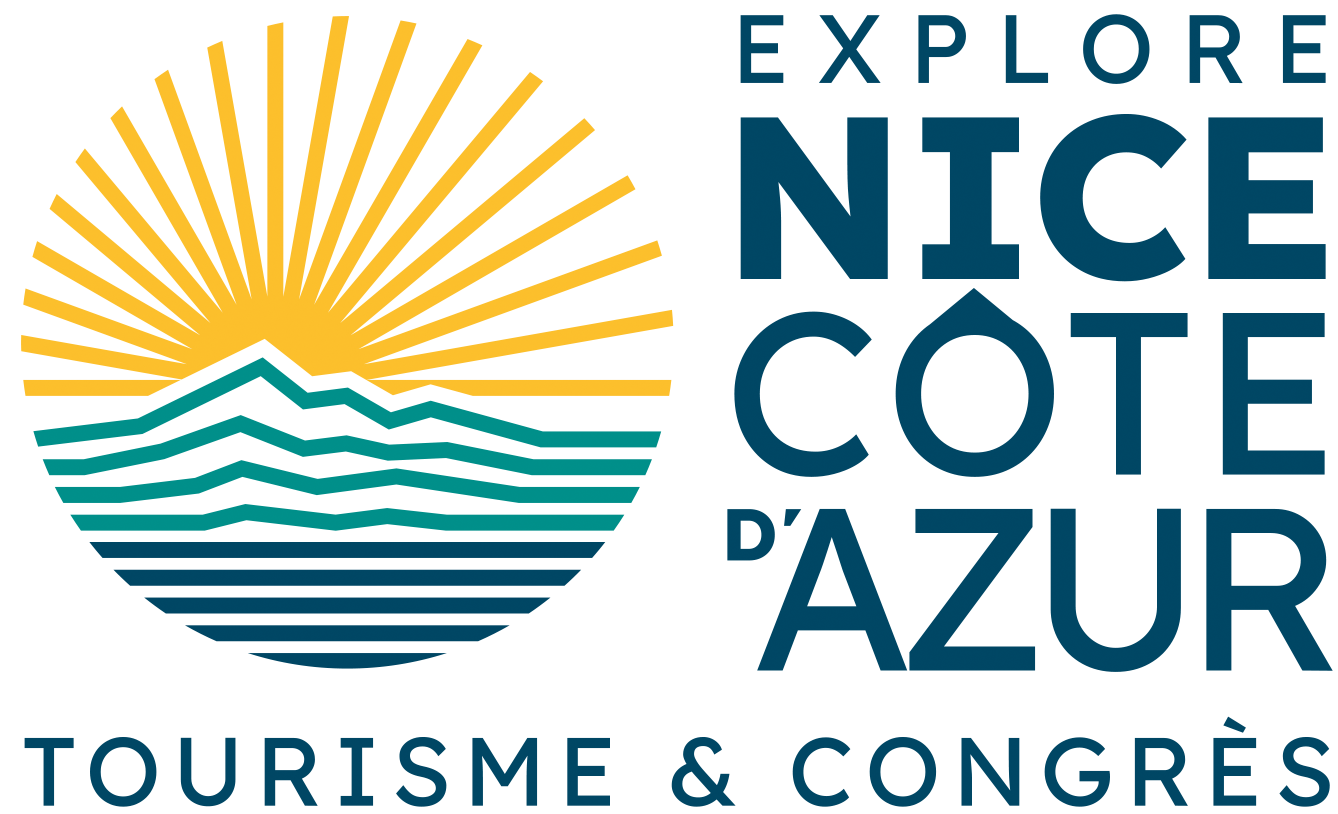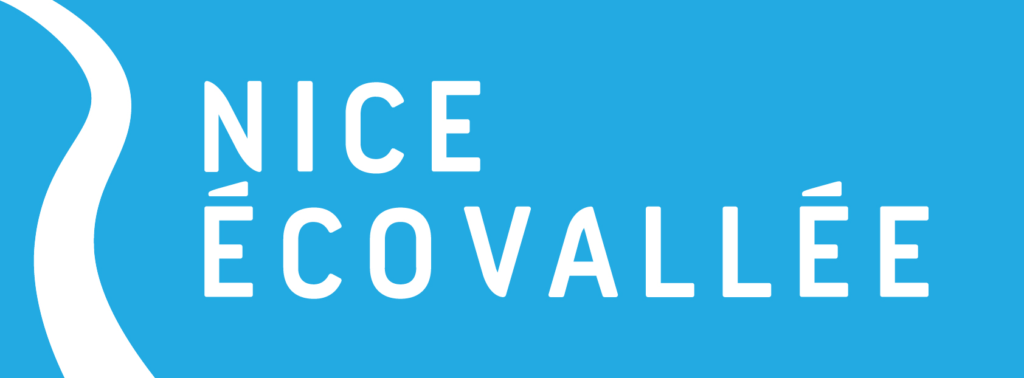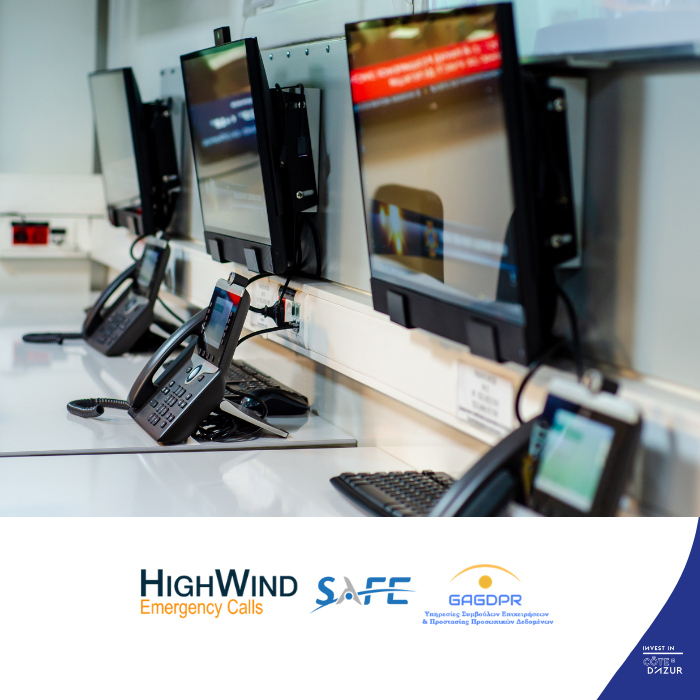
HighWind, an innovative company based in the Nice Côte d’Azur and Paris Metropolitan areas, is at the forefront of the emergency call sector through the utilization of Artificial Intelligence (AI) and mobile applications.
This start-up, operating in both the public and private sectors, offers enhanced and AI-optimized emergency call solutions.
The main goal of HighWind is to significantly increase the chances of survival for people calling emergency services. To achieve this, the company relies on saving valuable time and utilizing AI to analyze images, which are then transmitted to emergency call centers.
HighWind and GAGDPR are winners of the European project SecurIT, in the “Disaster Resilience” category, for their development of emergency communication solutions in case of disasters.
A pioneering project to enhance resilience in the face of disasters
Under the supervision of the SAFE cluster and fully funded by the European Union, HighWind and GAGDPR are developing a new communication interface for disaster situations. The “AI Disaster Emergency Communication” project, also known as “Disaster Mode,” is a web interface that will be remotely activated upon receiving an alert message from the EU-ALERT system.
The main objective is to address the congestion of emergency calls that occurs during any disaster (riots, forest fires, landslides, terrorist attacks, etc.) by providing an interface that allows the population in a specific area to report their safety status and emergency situation on a map to local authorities.
The interface will be designed, taking into account the feedback and experiences of survivors of major disasters and emergency operators. The interface will enable communication of the position, images analyzed by AI, and key information to local authorities and emergency dispatchers.
AI serving the pre-diagnosis of emergency situations
The project’s uniqueness lies in the use of HighWind’s patented pre-diagnostic module to assess the critical level of each individual. Thanks to Artificial Intelligence, the interface will be capable of providing a rapid analysis of the situation, enabling local authorities to react more efficiently and prioritize their actions.
Simultaneously, GAGDPR will provide the legal framework, respecting the General Data Protection Regulation (GDPR), to ensure privacy compliance and adherence to European rules. Indeed, the solution will not only be technologically innovative but also fully compliant with data protection standards.
Towards a “plug & play” solution for emergency management
Once completed, the project will take the form of a “plug & play” solution, requiring no installation, which can be integrated as a URL link in any mass alert message (EU-ALERT, FR-ALERT, NL-ALERT, etc.) across Europe, in accordance with the standards of the European Electronic Communications Code.
HighWind and GAGDPR are committed to providing the most advanced technology, fully compliant with EU regulations, to populations, emergency services, and local authorities in order to combat disasters that affect communities. This innovative project exemplifies the potential of AI to enhance disaster resilience and strengthen the safety of all individuals.
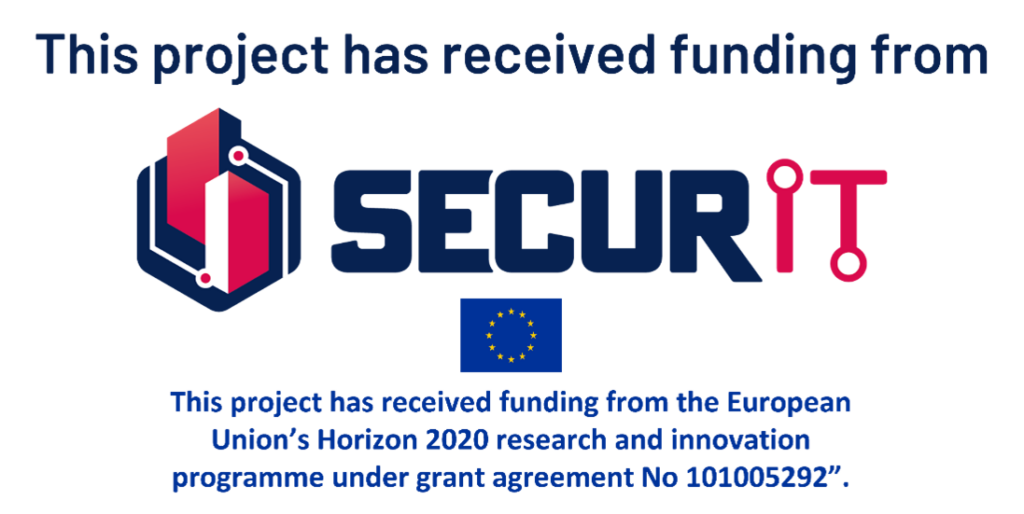
Part 1: Receiving the EU-ALERT message and linking to the solution
The first step of the project involves receiving the EU-ALERT message, which will include a link to the disaster communication interface. According to the European Electronic Communications Code, these text messages can be broadcasted to the population of an identified area. This system already exists and does not require any modification.

Part 2: Activation of the disaster communication interface
Once the EU-ALERT message is received, the residents of the affected area will be able to access the disaster communication interface. This interface will enable individuals to provide information and report their situation.

Part 3: Sending information to local authorities and emergency services
Once individuals have reported their situation through the interface, it will automatically send their GPS location, images analyzed by AI, and, if necessary, an emergency call to local authorities and emergency services.

Part 4: Reception of safety reports by authorities and emergency services
Next, the authorities and emergency services will receive all safety reports, which will be presented on a digital map with a color-coded representation based on the AI diagnosis.
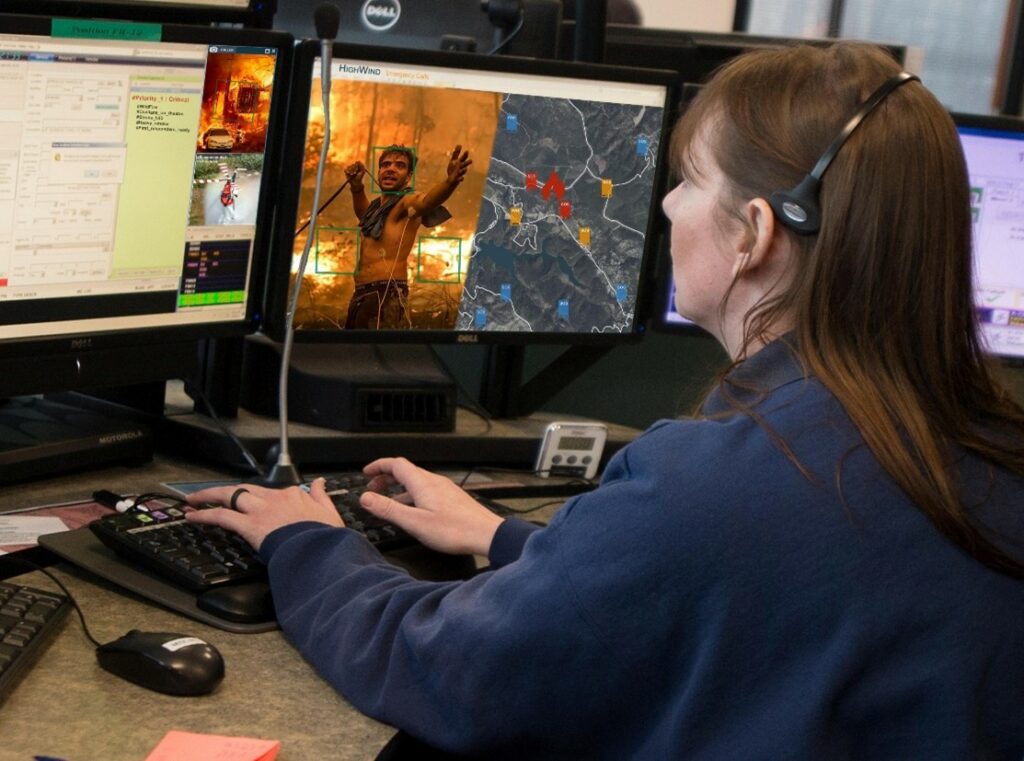
Innovation – Nice Côte d’Azur France
- Nice Airport Train Station, Europe’s First Bioclimatic Station
- Université Côte d’Azur to open a pharmacy department
- Team Nice Côte d’Azur at Viva Technology 2025: boosting attractiveness through sustainable innovation
- Business Landing Nice Côte d’Azur: Support for business set up in France
- Bpifrance in Provence–Alpes–Côte d’Azur: 6,432 businesses supported in 2024
- Université Côte d’Azur structures its welcome for American scientists
- Nice Côte d’Azur Cements Its Tech and Sports Leadership After Successful MWC and ISC 2025 Participation
- Team Nice Côte d’Azur on a mission to promote the attractiveness of the Nice Côte d’Azur Metropolis in Morocco
